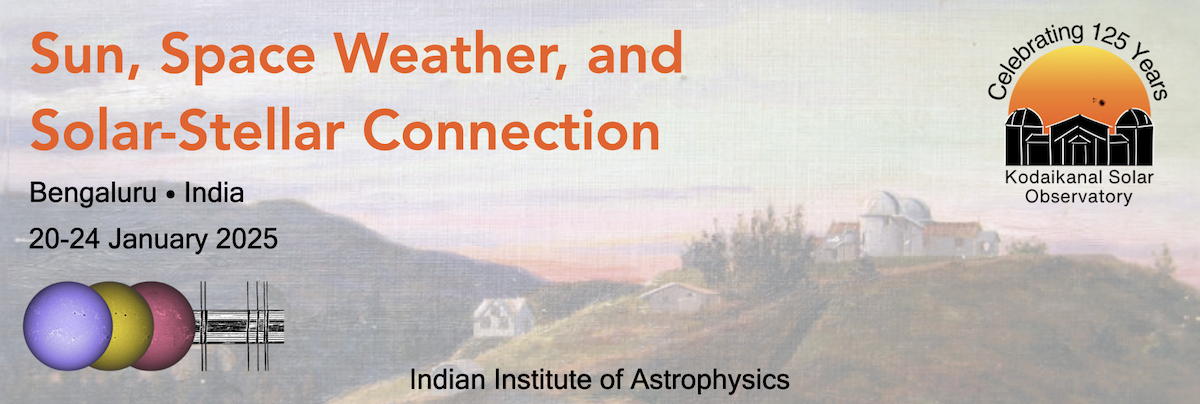Using the helioseismic data for the last nearly 30 years from GONG, MDI and HMI instruments it is possible to study the solar cycle variations in structure and dynamics. Variations in frequencies are found to be correlated to solar activity and the inversion of these frequency differences, shows that the variation is confined to near surface region and is generally attributed to variation in...
Using solar-cycle long measurements of meridional and zonal flows in the near-surface shear layer (NSSL) of the Sun, we study temporal variations in them and their connections to active regions. We find that inflows towards active regions are part of a local circulation with an outflow away from active regions at depths around 0.97 R$_\odot$, which is also the location where the deviations in...
The tachocline, a thin shear-layer located in a subadiabatic region at/near the base of the solar convection zone, can be modelled using a 3D thin-shell shallow-water type formalism. In such models the Sun's global differential rotation and toroidal magnetic fields undergo nonlinear dynamical interactions by exchange of energies among differential rotation and toroidal magnetic fields, and...
The solar convection zone is characterized by the birth of the concentrated magnetic field regions known as Bipolar Magnetic Regions (BMRs), which are tilted with respect to the equatorial line. The thin flux tube model, employing the rising of magnetically buoyant flux loops twisted by the Coriolis force, is a popular paradigm to explain the formation of the tilted BMRs. In this study, we...

